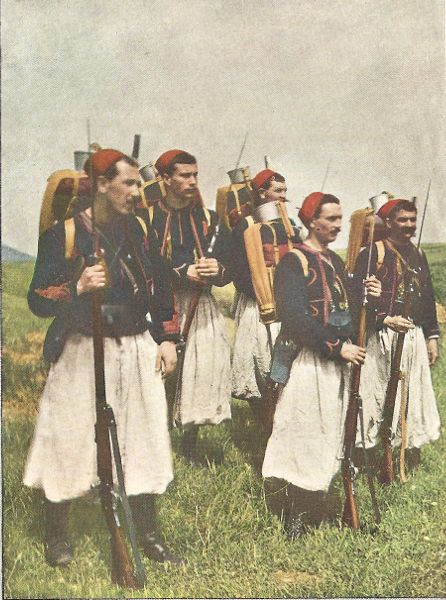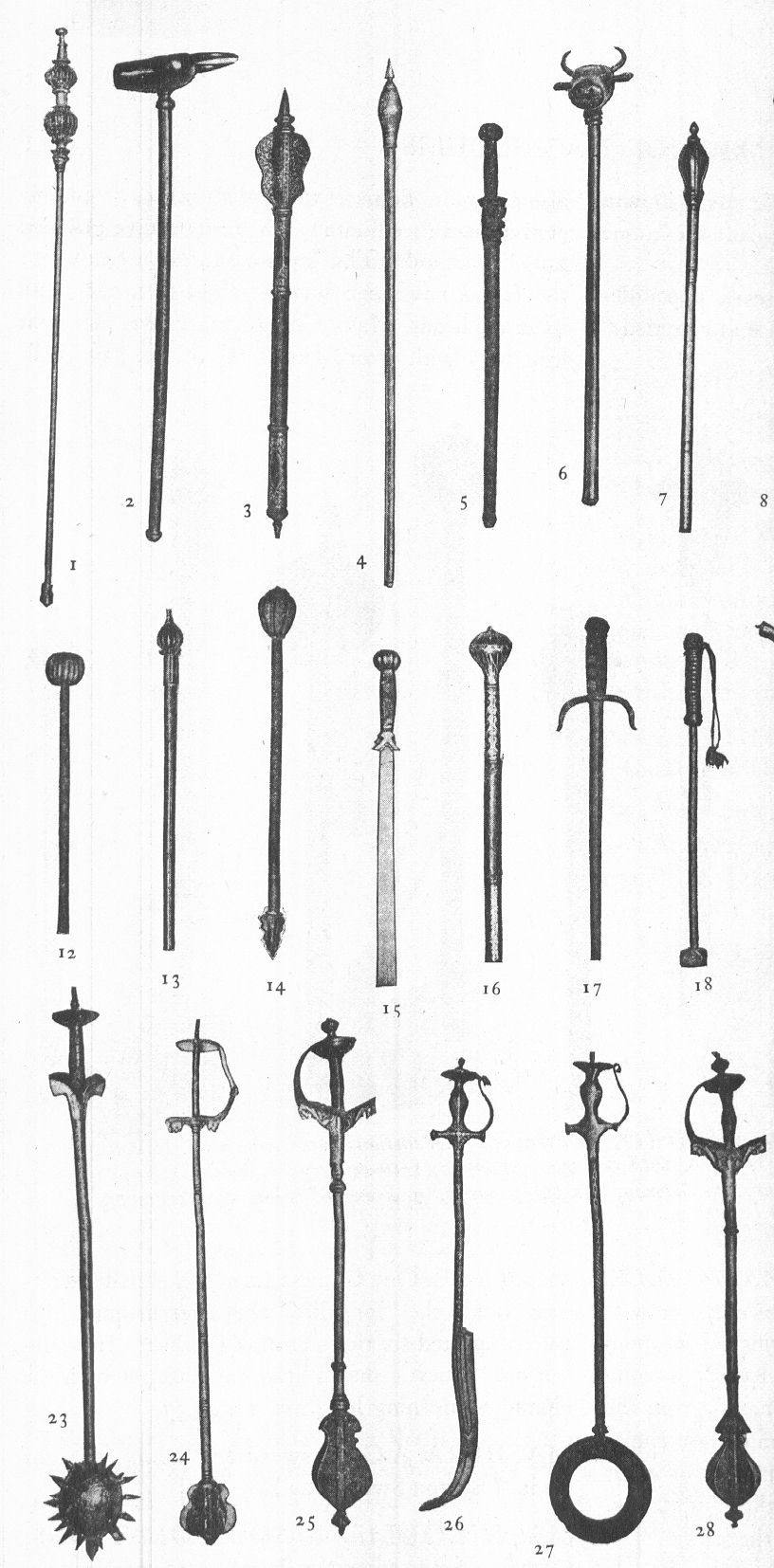Waldzios said:
JoG said:
Zimke Zlovoljni said:
There is one late medieval example found in Bosnia, so we can use it. It is presumed that this chest armor was some derivation from scale armor, we can even compare it with russian
kuyak used from
13th 15th to 17th century, since construction is similar.
Fix'd

Any particular reason for the fix? AFAIK most sources mention that kuyak-type amours existed in Russia from the 13th to the 17th century.
Well, those are bad sources then. ^_^
On a more serious note, a clear meaning of the word "kuyak" has to be defined first. If you are talking about
the armor depicted in the classic book by Viskovatov, then it is dated from 15th century at the earliest (BTW, that's how it is dated in that book). The thing is, however, that this book was published around mid-1800s and a lot of things have changed since that time

. In modern Russian works and especially among the reenactors the word "kuyak" is often used to describe an Asian (Mongol type) brigandine that appeared in the late 1200s(way too optimistic, IMO) - early 1300s. But again, this is a completely different type of armor.
As for the 13th century, we do have archeological findings of mail hauberks and lamellar plates. There are also some surviving metal plates of what is thought to be a scale armor dated around early 1300s, and some metal pieces that are arguably a part of the brigandine dated from the 14th century. Again, this brigandine (if it was indeed a brigandine) was likely to be imported from Western Europe. Some scale-like armors are depicted in the miniatures in the 13th century books or frescoes, but there is always some degree of freedom during interpretation of these images, since most of them were made according to the religious Byzantine canon laws and may not represent the actual reality.
So, no kuyaks for the 13th century Rus

And yeah, if you wanna read some decent books about the Medieval Russian arms and armor, you probably have to learn Russian, since the access to the original materials was very limited for the Western European/American scientists during the whole 20th century (Commies, you know...). And you cannot write a good book if you're unable to study the original documents of the period, make excavations and so on.










































